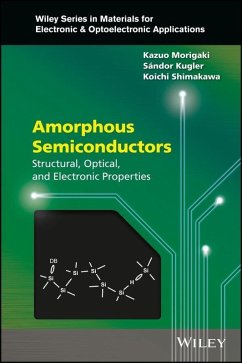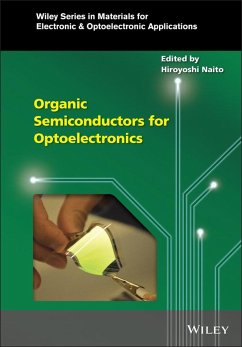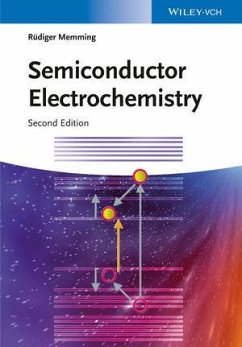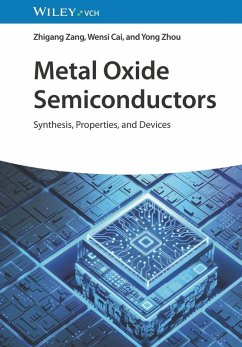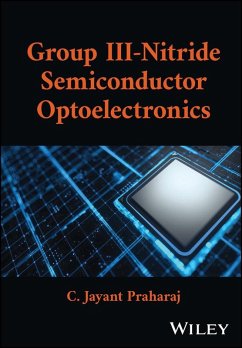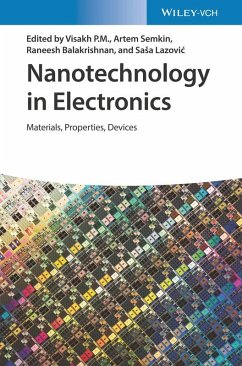
Amorphous Semiconductors (eBook, ePUB)
Structural, Optical, and Electronic Properties
Versandkostenfrei!
Sofort per Download lieferbar
122,99 €
inkl. MwSt.
Weitere Ausgaben:

PAYBACK Punkte
0 °P sammeln!
Amorphous semiconductors are subtances in the amorphous solid state that have the properties of a semiconductor and which are either covalent or tetrahedrally bonded amorphous semiconductors or chelcogenide glasses. Developed from both a theoretical and experimental viewpoint Deals with, amongst others, preparation techniques, structural, optical and electronic properties, and light induced phenomena Explores different types of amorphous semiconductors including amorphous silicon, amorphous semiconducting oxides and chalcogenide glasses Applications include solar cells, thin film transistors,...
Amorphous semiconductors are subtances in the amorphous solid state that have the properties of a semiconductor and which are either covalent or tetrahedrally bonded amorphous semiconductors or chelcogenide glasses.
- Developed from both a theoretical and experimental viewpoint
- Deals with, amongst others, preparation techniques, structural, optical and electronic properties, and light induced phenomena
- Explores different types of amorphous semiconductors including amorphous silicon, amorphous semiconducting oxides and chalcogenide glasses
- Applications include solar cells, thin film transistors, sensors, optical memory devices and flat screen devices including televisions
Dieser Download kann aus rechtlichen Gründen nur mit Rechnungsadresse in D ausgeliefert werden.




